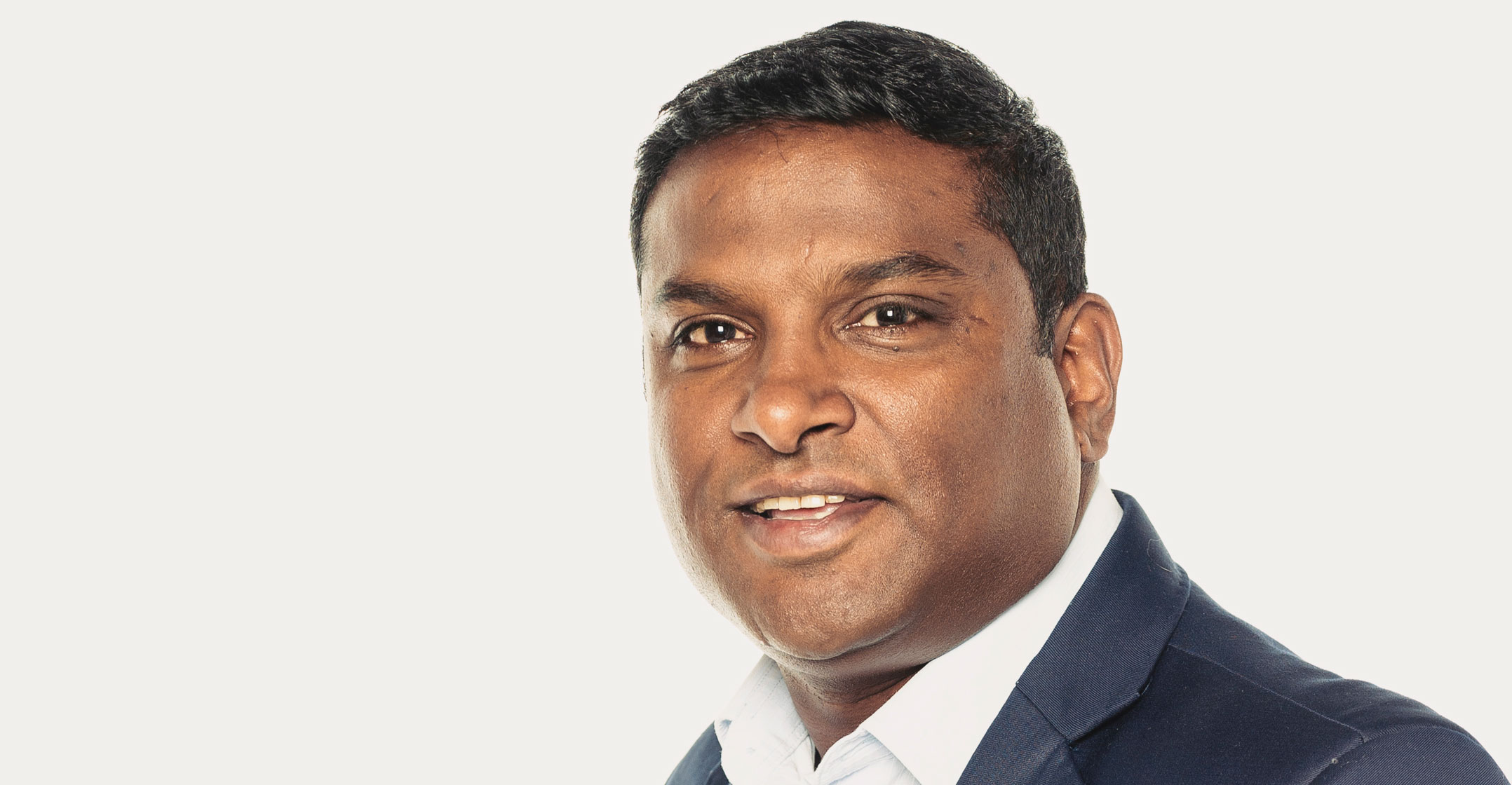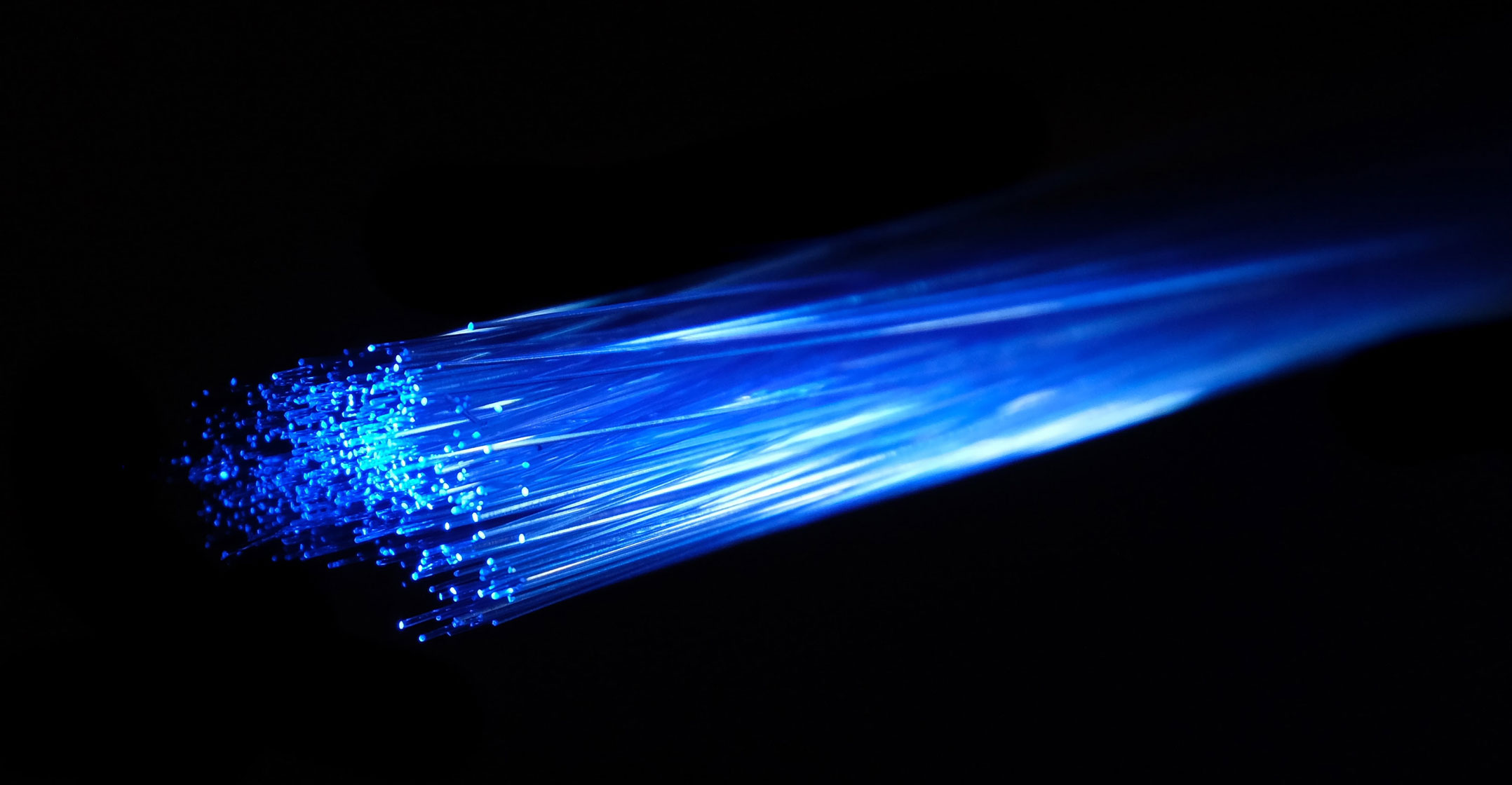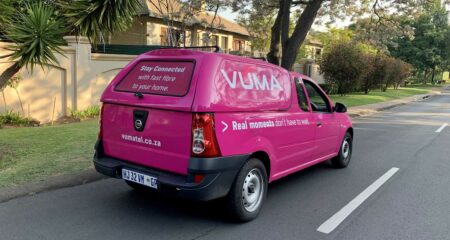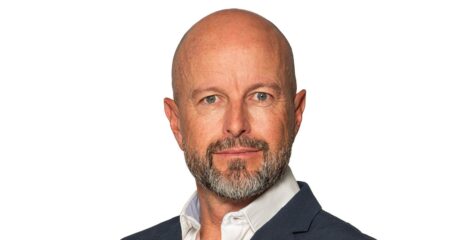
As the need for connectivity becomes increasingly fundamental to our way of life, the need to deliver quality and cost-effective connectivity and services by private communication service providers is of paramount importance.
However, the cost of delivering quality services is relative to demand and use. Demand and volume of consumption of services play a significant role in determining the return profile of investments made by network operators in the infrastructure, platforms, product development and services that are required to deliver quality connectivity and digital services.
While a lot of effort has been made on the supply side — including policy, the licensing of new entrants and the release of spectrum — it requires equal or even more effort on the demand side to enable the adoption and use of services that in turn feeds a cycle of reinvestment.
When looking at the SA Connect broadband policy, the pillars of “digital readiness” and “digital future” lean heavily toward the supply side, ensuring that policy alignment and network supply is geared toward delivering universally accessible coverage.
The pillars of “digital development” and “digital opportunities” deal more with the demand side, and while the former pillar is focused on aggregating and consolidating government-driven demand and anchor tenancy for network and infrastructure deployment, it has to be supplemented by the demand from “digital opportunities” to support a healthy and conducive investment climate.
Trillions in value
A study conducted by Accenture estimates that the use of digital technologies in five priority areas of South Africa’s government services could add more than R2-trillion in value over the next decade. An example of this is VR, AR and broadband to extend the reach of education and enrich the content of education services through virtual classrooms, virtual labs, and e-learning or e-education. In addition to this, a significant surge in the digitalisation of common citizen services would drive millions of South Africans to adopt digital platforms as they experience the benefits.
Linked to adoption is digital literacy. The United Nations defines digital literacy as “the ability to access, manage, understand, integrate, communicate, evaluate and create information safely and appropriately through digital technologies”. Earlier this year, Dignify, as part of a digital skills project, estimated 80% of South Africans to have little or no digital literacy. Continuous focus and alignment of efforts in the public and private sectors is required to change this picture change significantly.
The Covid-19 pandemic, and the worldwide lockdowns that happened as a result, triggered a migration to digital platforms on a scale that we have never seen before. Lockdown restrictions graphically illustrated the crucial role that networks and service platforms can play in our business and personal lives.
 For all strata of society, reliable connectivity became a necessity rather than a luxury. A research paper titled “Covid-19 and digital inequalities: Reciprocal impacts and mitigation strategies” found that while even lower-income earners were forced to use digital services at a higher level than ever before, higher-income earners found that their existing connection was no longer adequate. The increased demand required them to upgrade their class of service to meet their own changing needs and to mitigate the impact of increased Internet traffic on connection speeds.
For all strata of society, reliable connectivity became a necessity rather than a luxury. A research paper titled “Covid-19 and digital inequalities: Reciprocal impacts and mitigation strategies” found that while even lower-income earners were forced to use digital services at a higher level than ever before, higher-income earners found that their existing connection was no longer adequate. The increased demand required them to upgrade their class of service to meet their own changing needs and to mitigate the impact of increased Internet traffic on connection speeds.
All these developments were made possible by the increased need for connectivity, which put pressure on both users and suppliers to overcome some of the hurdles in providing or accessing connectivity.
Ultimately, it illustrated that demand is every bit as critical as supply when it comes to bridging the gap in access to digital services, and it is a multipronged approach that will truly achieve the vision of affordable connectivity for all.
As the pioneer of open-access connectivity in South Africa and an active industry participant, Dark Fibre Africa supports collaboration and cooperation as a means of making connectivity – with its innumerable benefits for the economy and society – more widely available.
About Dark Fibre Africa
At DFA, we’re all about laying the groundwork for the future today. Since 2007, we’ve been assisting our customers with solutions for their connectivity needs, thus connecting South Africans to each other and to the world. DFA is the premier open-access fibre infrastructure and connectivity provider in South Africa. We finance, build, install, manage and maintain a world-class fibre network to transmit metro and long-haul telecommunications traffic. We lease our secure transmission and backbone fibre infrastructure and provide associated connectivity services to telecoms operators, Internet service providers, media conglomerates, tertiary education institutions, municipalities, government organisations and other businesses, large and small, on equal terms. For more information, visit our website. DFA is a level-2 B-BBEE contributor under the ICT sector codes.
- Vino Govender is executive for strategy, mergers and acquisitions, and innovation at Dark Fibre Africa
- This article was paid for by the company concerned




